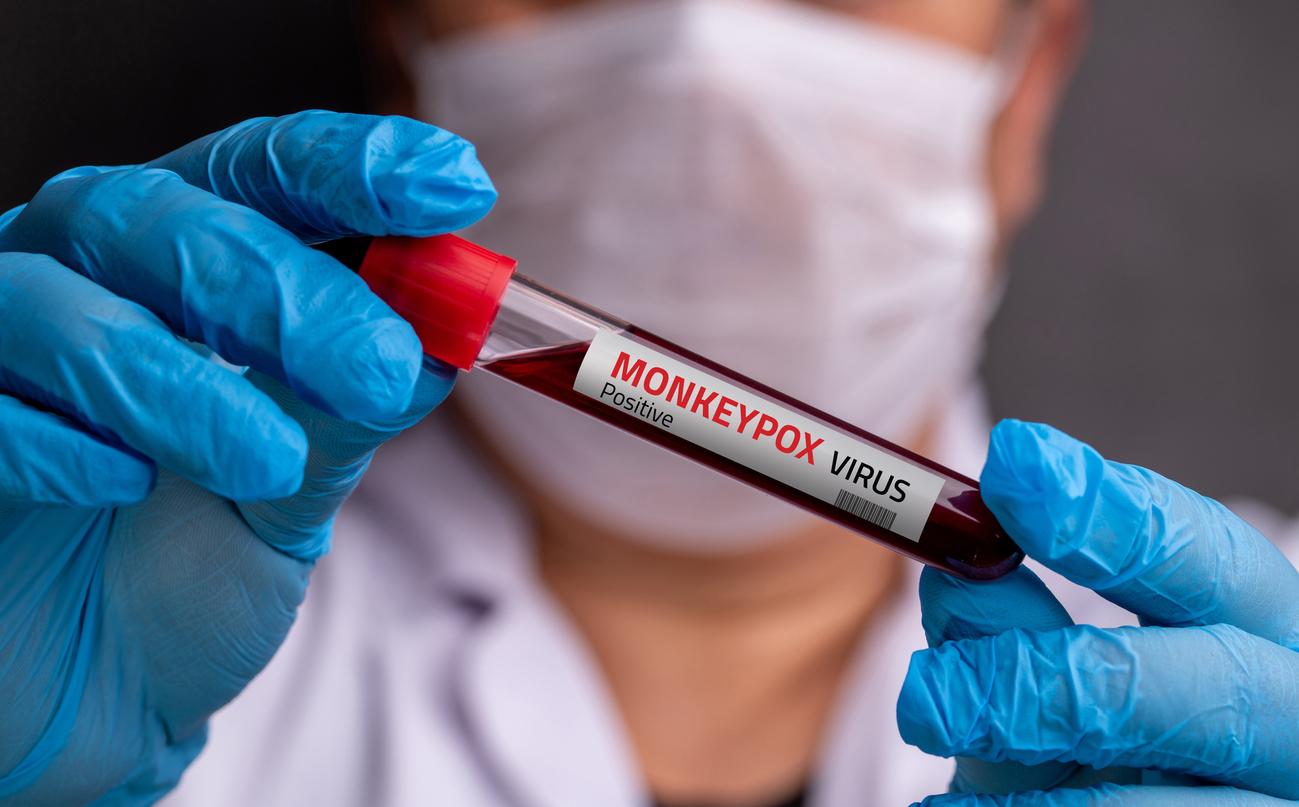Transmitted by a virus, hepatitis E is an asymptomatic disease in 70 % of cases. However, it can be dangerous for the most fragile people.

- 70 % of people infected with hepatitis E have no symptoms.
- In other cases, the disease can be acute or chronic, even extrahepatic.
- The disease is mainly transmitted by contaminated food in industrialized countries.
It is a serious and often silent disease. In a document published on January 29, theHandles Alert on hepatitis E. 70 % of people contaminated by the virus do not develop symptoms, but pathology can take serious forms for the most fragile individuals.
What is hepatitis E?
Also called viral hepatitis e or hve, the disease is linked to the VHE virus. It can be present in humans and animals. “”It is frequent in countries with low hygiene (sporadic and epidemics), Indicates the Ministry of Health. In industrialized countries, it was highlighted more recently (the first two cases were reported in 1997).“In France, around 3,000 symptomatic cases have been identified since 2022.”The majority of these identified cases are indigenous cases, that is to say that people have contracted the disease in France “underlines the ministry.
The symptomatic forms of the disease generally trigger nausea, vomiting, abdominal pain and can be followed by jaundice. “”Serious forms of viral hepatitis can occur in pregnant women, in immunocompromised people or people already with liver lesions“, He alerts. For people with immune disability, there is a risk of chronic hepatitis, that is to say a persistent inflammation of the liver. “”Extra hepatic demonstrations were observed during acute or chronic infections by the VHE in around 15 % of cases, Complete ANSES. Among them, neurological and renal damage (glomerulopathies) are described. “
Hepatitis E: a virus present in contaminated waters and foods
According to ANSES, in France and in industrialized countries, contaminations are linked to contaminated products, such as meats from animals carrying the virus. This can be pork, deer or wild boar, insufficiently cooked. “”It is essentially the products based on raw, fresh or semi-dry pork liver, which are implicated (dry and fresh liver sausages, dried salted liver, liver dumplings, figatelli, etc.) “alerts the organization.
But there is also a risk of contamination by contact with these animals: veterinarians, breeders, hunters, foresters or the staff of slaughterhouses are most at risk. No vaccine prevents disease, compliance with hygiene rules and food cooking recommendations are the most effective ways to protect yourself.
How to protect yourself from hepatitis E?
This requires washing your hands properly before the preparation and taking of meals, especially before preparing raw pork, and after going to the toilet. The kitchen and the utensils used should be carefully cleaned. In parallel, ANSES recalls that it is necessary “Bake food enough: core food intended to be consumed cooked (especially products based on raw liver of Suidés/Cervids “. “”All foods containing raw pork liver (Figatelli, raw pork, fresh or dry pork sausages, liver dumplings) are risky foods and should not be consumed raw“Underlines the agency.

















